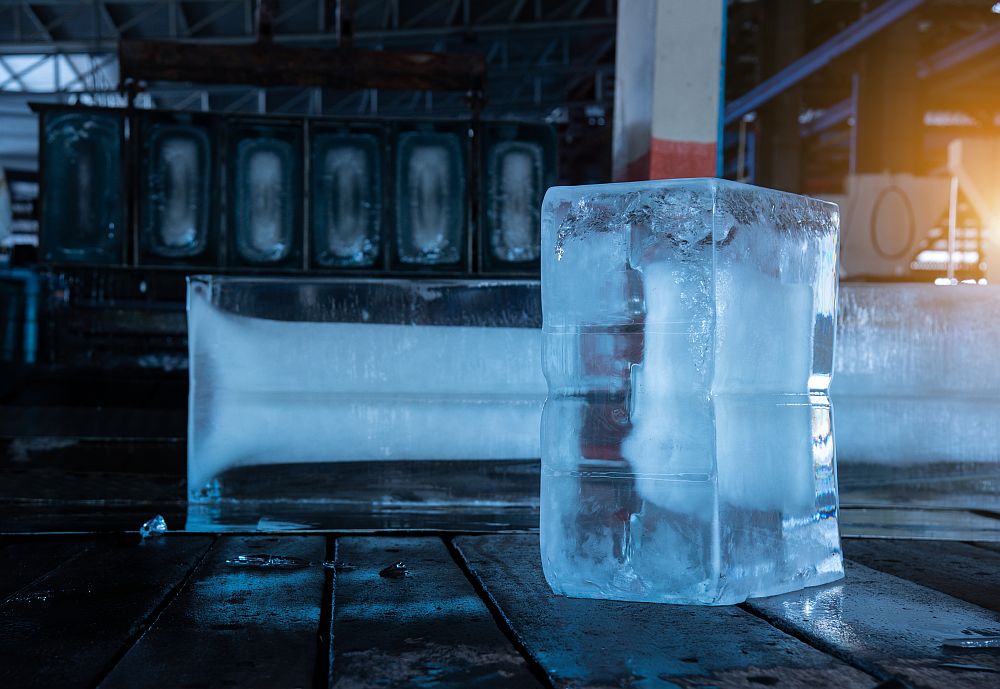
[Image above] Porous volumetric ceramic burners may offer a way to reduce the baking time of goodies while increasing an oven’s energy efficiency. Credit: PickPik
When quarantines began taking effect in the early months of this year, many people turned to baking as a way to relieve stress. For some people, it was the first time they extensively used their oven—and the first time they realized it may not work as well as they’d like.
But as people redirect vacation funds to home improvement projects, wannabe bakers shopping for new ovens may run into the question of whether to purchase a gas oven or an electric one. And while both options have their pros and cons, one area in which gas ovens stand out is energy efficiency.
Energy companies such as Constellation will tell you it takes three times as much energy to deliver electricity to your stove compared to gas. And while this statistic sounds impressive, you must remember it is a relative energy efficiency.
Outside the context of comparison, gas ovens can be surprisingly inefficient because of energy dissipation, i.e., the escape of heat from the oven into the environment. For example, a 2014 energy flow analysis (published in German) of an average industrial bakery showed that while more than 50% of the energy supply is directed to baking ovens, only one-third of it is used for baking, while the rest is dissipated to the environment.
Novel oven components that more efficiently transfer heat to the food would improve the energy efficiency of conventional gas ovens. And one example of a novel component is porous volumetric ceramic burners.
Porous volumetric ceramic burners are a combustion technology that involves combusting a gaseous, premixed air/fuel mixture inside the cavities of a porous inert material. Compared to free flame combustion, combustion in the porous material results in much higher effective heat transfer, which leads to a homogenous temperature field, intensive heat coupling, and lower pollutant emission of CO and NOx.

Example of a porous volumetric ceramic burner made from reaction bonded silicon carbide (SiSiC). (a) The operating principle of the burner, (b) not in operation, and (c) in operation. Credit: Jovicic et al., Frontiers in Chemistry (CC BY 4.0)
Researchers have successfully developed porous media combustion burners for several high-temperature applications, such as in the glass industry. Yet application within the food industry remains largely unexplored, “even though it could provide economic and environmental benefits to the production process through its unique thermal radiation and operating characteristics,” researchers write in a recent paper.
The researchers come from the Institute of Fluid Mechanics and the Erlangen Graduate School in Advanced Optical Technologies at the Friedrich-Alexander University Erlangen-Nuremberg in Erlangen, Germany. They have studied application of porous volumetric ceramic burners in the food industry for several years, presenting on the topic at the 29th European Federation of Food Science and Technology International Conference in 2015 and at the 23rd International Symposium “Research–Education–Technology” in 2017, and they wrote a book chapter for “The Future of Baking: Science-Technique-Technology” in 2018.
In their recent paper, the researchers investigated the contribution of the three main heat transfer mechanisms—conduction, convection, and thermal radiation—to total heat transfer in porous volumetric ceramic burners. They wanted to know the contributions of each heat transfer mechanism because “The quality of baking depends, among other parameters, on … the contribution of individual heat transfer mechanisms during baking,” they write.
To determine the contribution of each heat transfer mechanism to the total heat transfer, the researchers used an approach called the difference method, which they based on an approach developed at the University of Applied Sciences Bremerhaven under professor Klaus Lösche.
“Its principle is based on the measurements of the heat flow rate to the two test objects (polished and black-painted copper cubes), placed inside an oven,” they write. “In order to alter different heat transfer mechanisms, two test objects were arranged in four configurations, i.e., placed either directly on the oven’s bottom plate or on the insulation supports.”
They assumed each configuration experienced heat flow through only certain heat conduction mechanisms, specifically
- The polished cube on the insulation layer exchanged heat only through natural convection,
- The polished cube on the baking plate exchanged heat through heat conduction with the bottom plate and through natural convection with the inner chamber atmosphere,
- The black painted cube on the insulation layer exchanged heat only through natural convection and thermal radiation, and
- The black painted cube on the baking plate exchanged heat by all three heat transfer mechanisms.
Using these assumptions about heat flow and conduction mechanisms, “The share of individual heat transfer mechanisms can be calculated as the difference between different test object configurations,” they propose.

The four test object arrangements applied in this work are overviewed in this table. Heat flow rates were analyzed as a function of time (Q = f (t)) and as a function of the oven’s temperature settings. Credit: Jovicic et al., Frontiers in Chemistry (CC BY 4.0)
After observing temperature change of the cubes in each configuration over a 30-minute test period, the researchers deduced that the dominant heat transfer mechanism for an oven heated by two porous volumetric ceramic burners was thermal radiation, with the share of about 45%. The shares of heat conduction and convection were determined to be about 27.5% each.
In contrast, an electrically heated deck oven (which they used as a reference) demonstrates heat conduction as the dominant heat transfer mechanism.
However, people typically do not use their ovens to bake solid cubes of copper. (That would definitely make for a jawbreaker candy.) Instead, ovens are used to bake viscous mixtures that contain water, such as cake and brownie mixes or bread.
Because the addition of water during baking can influence food quality and energy losses, “a better understanding of interactions, especially in terms of heat transfer, between an oven, dough, and water is needed” as well, the researchers write.
To understand how water may influence the contribution of each heat transfer mechanism, the researchers conducted their difference method experiment a second time with water injected into the baking chamber.
Compared to the experiment without water, which witnessed a steady increase of temperature with time for each cube, the addition of water caused the temperature curves to show three characteristic zones:
- Condensation zone, where at the lower temperature end heat was transferred largely by condensation of water on the surface of the relatively cold cube. In this zone, cube temperature increased steeply.
- Evaporation zone, where the condensed water evaporated and the heat was transferred from the test object. In this zone, the cube’s temperature stayed approximately constant due to the cube heating by the burners and its cooling due to evaporation.
- Stationary zone, where the heat transfer was affected by water presence in the inner chamber atmosphere, without the influence of condensation or evaporation. In this zone, cube temperature increased slowly.
In regard to the heat transfer mechanisms, “heat conduction decreased with the raising amount of added water (ca. 30% for aerosol addition, ca. 10% for steam addition), convection was not significantly influenced, and the thermal radiation was reduced due to absorption by water molecules,” they write.
In the conclusion, the researchers note that their findings using the difference method are comparable to literature values on heat transfer mechanisms. “Still, in order to obtain more reliable results in future work, the real emissivity of the test objects should be taken into account and the neglected heat transfer mechanisms should be more thoroughly analyzed,” they add.
Ultimately, though, the fact that an oven based on porous volumetric ceramic burners has a relatively high thermal radiation component in comparison to an electrically heated deck oven “can be of advantage for reducing the baking time and increasing the oven’s energy efficiency,” they write.
The open-access paper, published in Frontiers in Chemistry, is “Role of individual heat transfer mechanisms within a model baking oven heated by porous volumetric ceramic burners” (DOI: 10.3389/fchem.2020.511012).
Author
Lisa McDonald
CTT Categories
- Basic Science
- Energy
- Thermal management


